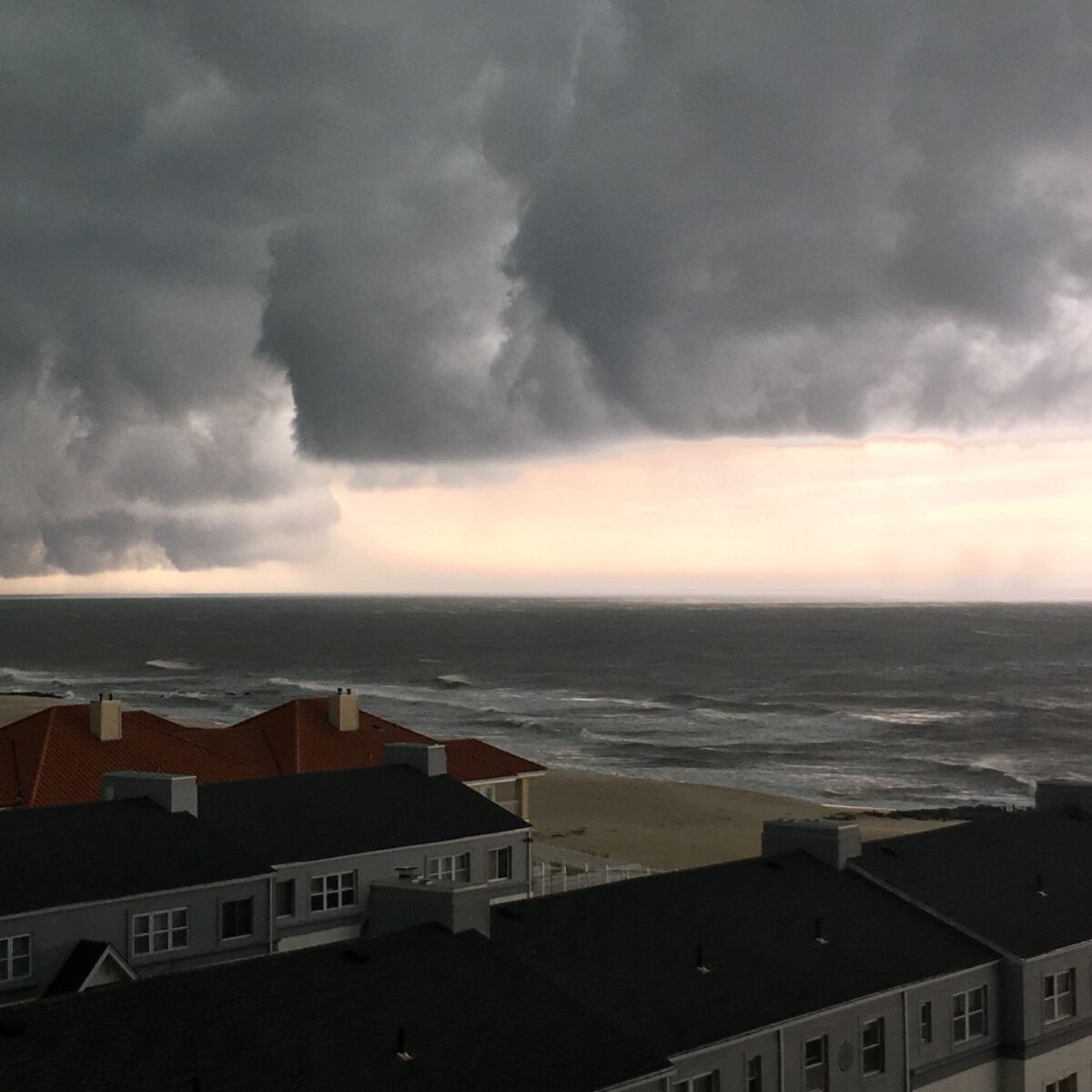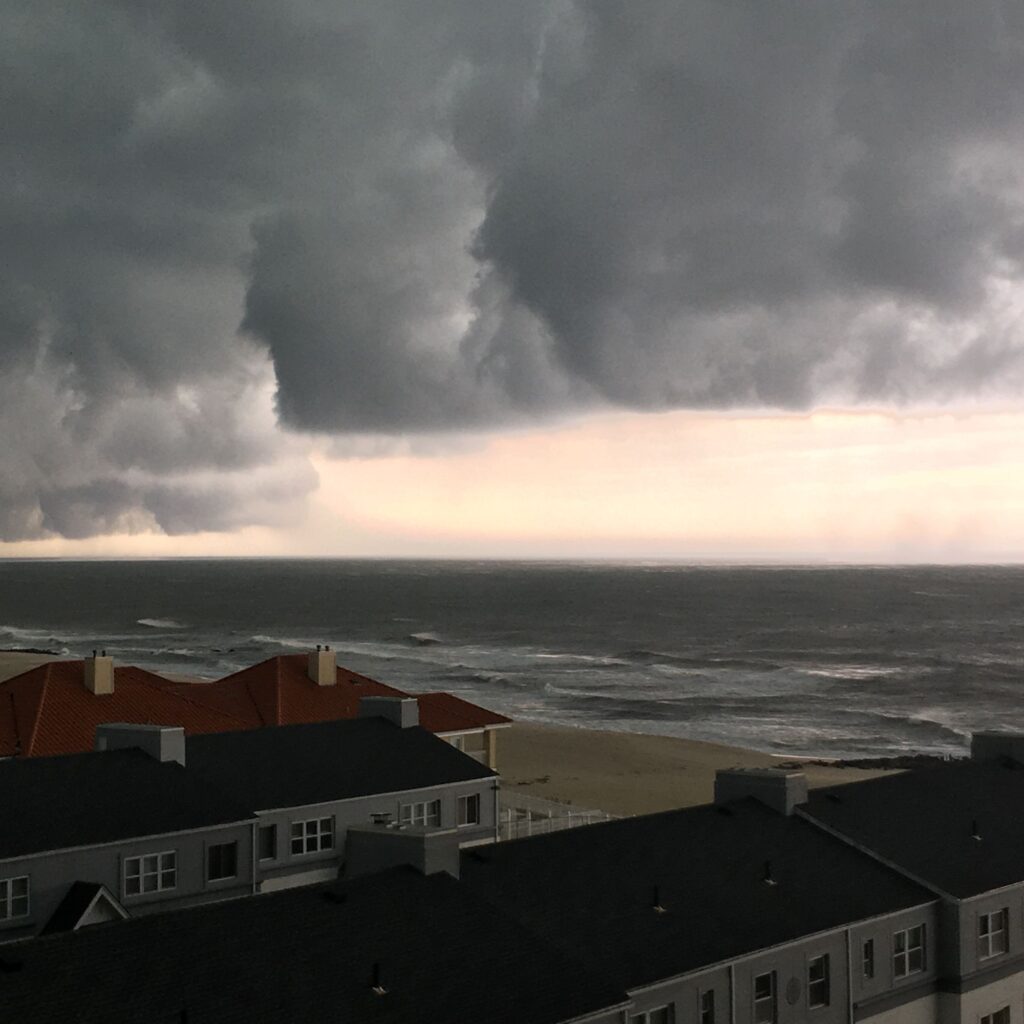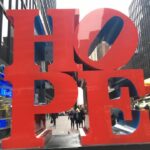Author: Keith Krivitzky


It’s been almost nine months since COVID 19 took the world by storm. We thought it would be over in a couple of months. And then it dragged on and on as many governments played denial and petty politics. Lockdown fatigue brought about premature re-openings in many countries, including Israel and the US. Then came the second wave in Israel and Europe and probably a third wave will hit us soon. But the good news is that there is an end in sight. Not the victory of sane and bold leadership or a compliant and responsible populace, but rather the ingenuity and persistence of our doctors and scientists. Both the preventive vaccines and some of the remedies are in sight. And while it may take many months to manufacture and widely administer enough vaccines, by the end of 2021, we should reach herd immunity through the joint actions of mass infection and mass vaccination in most countries.
That means that we have a target date and something tangible to plan around. The uncertainty drove planners crazy. Not that 2022 will be a normal year. It won’t. And indeed there will never be a normal or a return to pre Corona days. It will be more of a transition or a gradual slide to a new normal achievable in maybe 2-3 years’ time or more. Just to be clear, the end of 2021 will allow us to move freely and without masks, but the reverberations will continue for a while.
That’s mostly good news for some, though not for the impatient and not for those sectors of society that thrive on mass close gatherings. I can’t imagine going on a cruise with 4000 potential infectors for many years hence, attending a rock concert or attending a football game in a closed stadium. In the same way that I won’t fly on a Boeing 737 Max for a long time, even though the FAA certified it as safe and Boeing is now going to rename the plane.
Some things will never be the same. The traditional duality of home and work has changed forever with resounding effects on future urban planning and family behavior. Tourism will bounce back but differently. In person business travel will decline and more interaction will take place through technology. Educators are going to retain a lot of Zoom communications as will therapists and doctors. I suspect too that just as the 1918 Spanish Flu led to a massive expansion of public health services so too will the medical industry go through transformation and growth.
The Jewish world will change too. If the destruction of the First Temple led to the evolution of synagogue life, maybe COVID 19 will transform it once again. Jewish communities will have to rid themselves of the burden of extensive real estate around synagogues and community centers and rabbis and cantors will have to adjust to the one hour span of attention for services while competing with the best educators, orators, preachers and singers from Jerusalem to Los Angeles.
We now have the liberty to plan for the post COVID era 2-3 years or more away with some certainty and that leaves a gap of the interim years — the last wave of Corona through 2021 and the possible emergence of new normality in the course of 2022. It is tempting and natural to then first plan for the coming couple of years and only later to plan for the long haul. But that’s not smart. We need to go for the endgame. We need first to think of the ultimate destination and to know the general direction. Then we can plan the intermediate phases. Now is the time, as the end is nigh, to plan for the better long term future. Tomorrow and the day after will then simply fall into place as stations on the way.


I saw two fascinating posts today that should help shape the thinking of organizations (and individuals) as they try to survive in these turbulent times and to adapt to a new normal.
The first was a quote: “Not all storms come to disrupt your life; some come to clear your path.”
The other was this fascinating article about GM. Once the epitome of an old-school, bureaucratic, and slow-to-react care company…now they are seeking to pivot into a new, high-tech line of business leveraging their strengths.
THE KEY TAKEAWAY: DISRUPTION CAN LEAD TO OPPORTUNITY!
Those leaders and organizations that emerge stronger following a storm are often those that focus on finding the path forward, moving forward in new directions, and trying new things. In other words, they embrace the new normal.
A favorite quote which sums this up: “It irritates me to be told how things always have been done….I defy the tyranny of precedent. I cannot afford the luxury of a closed mind. I go for anything new that might improve the past.”
—Clara Barton, The Story of My Childhood, 1907


Beginning on October 19, 2020, the New Normal Project convened 3 roundtable discussions and several interviews with more than 30 rabbis across the country about the future of synagogue and congregational life. These conversations generated many observations, ideas, insights, and further questions.
Key issues and discussions topics included:
- Is the glass half empty or full for congregations and synagogues?
- What innovations are taking place in congregational life?
- What implications and opportunities have developed?
- How has the competitive landscape changed? How are synagogues and rabbis dealing with competition?
- What happens to 3-day a year Jews?
- Implications for the role and value proposition/s of synagogues
- Implications for synagogue and congregational sustainability
- What key questions/issues/challenges for the future need to be addressed?
- How to deal with growing political/community fragmentation and other issues?
- How are roles of synagogue leaders evolving? How do they need to evolve?
- How will the role of rabbis be impacted in the new normal?
- What do we need to consider in term of the impact and strain on rabbis and clergy?
- What novel tactics and approaches emerged?
- What challenges and opportunities exist for supplementary Hebrew schools?
We are working on a series of more in-depth follow up articles and explorations of these issues – and will gladly share the detailed notes from these discussions with select parties.
The New Normal Project is also happy to provide a comprehensive presentation of our findings on trends, insights, and implications to interested funders and community partners. Please contact us to learn more and to discuss further. (LINK)
Participants included Rabbis: Phil Bazeley, Andrew Bentley, Ori Bergman, Steve Engel, Lyle Fishman, Joe Forman, Bill Gershon, Avi Heller, Marc Israel, Michael Jay, Ari Kaiman, Shalom Kantor, David Seth Kirshner, Marc Kline, Michael Latz, Alex Lazarus Klein, Sara Metz, Jordan Millstein, Loren Monosov, Rachel Nussbaum, Melinda Pankin, Michelle Pearlman, Dana Saroken, Aaron Schonbrun, Dan Selsberg, Hyim Shafner, Jonathan Siger, Gil Steinlauf, Uri Topolosky, David Vaisberg, Heath Watenmaker, Aaron Weininger, Eric Yanoff
We greatly appreciate their participation, feedback, and insights!




